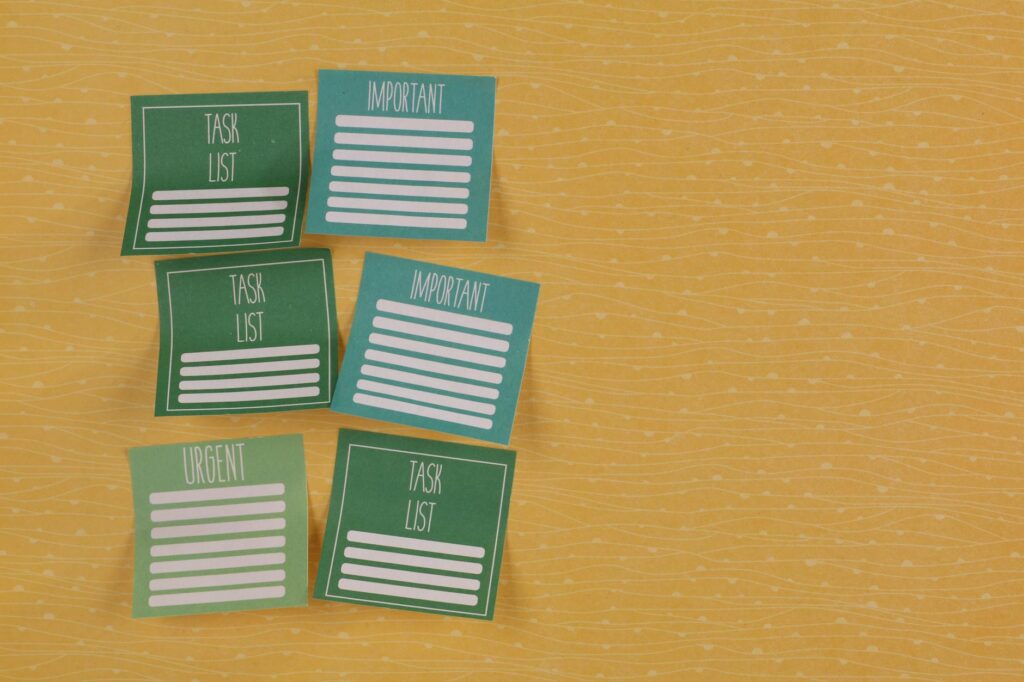What is break reminder?

What is Break Reminder?
Taking breaks during work is as essential as the work itself. In our fast-paced world, where deadlines loom and tasks pile up, we often forget to pause. A break reminder can be a transformative tool to enhance productivity and well-being. It serves as a gentle nudge—encouraging you to step away and recharge, leading to improved focus when you return to your tasks. Let’s explore the concept of break reminders, their significance, and how to implement them effectively in your daily routine.
Understanding Break Reminders
What Are Break Reminders?
A break reminder is a tool or system designed to prompt you to take regular breaks from your work. These reminders can be digital, like applications or software, or physical, like timers or sticky notes. The goal is simple: to ensure you take necessary pauses to refresh your mind and body, preventing burnout and fatigue.
Why Break Reminders Matter
Taking breaks isn’t just a luxury; it’s a necessity. Research shows that short, frequent breaks can significantly improve focus and reduce stress levels. When you step away from your work, you allow your brain to recharge. This recharge can lead to better creativity and problem-solving skills. Further support for the importance of breaks can be found in studies highlighting their impact on mental health and productivity here.
Moreover, regular breaks can combat the negative effects of prolonged sitting and screen time, which are increasingly common in today’s work environments. As noted in discussions about workplace wellness, breaks can enhance overall job satisfaction and engagement source.
Types of Break Reminders
Digital Break Reminders
In our technology-driven age, numerous apps and software programs are available to help set break reminders. These tools often come with customizable features, allowing you to choose how often you want to be reminded to take a break and the length of those breaks.
For instance, apps like Time Out offer both “Normal” and “Micro” break options, ensuring you can tailor reminders based on your workflow. Other popular tools include Stretchly and Eye Care 20 20 20, which focus on both mental and physical health.
Physical Break Reminders
Not all break reminders are digital. Physical tools can also be effective. Using timers, alarms, or even sticky notes placed on your desk can serve as powerful reminders to take a break. The tactile nature of these tools can make them feel more personal and engaging, helping to reinforce the habit of taking regular pauses.

Photo by Ann H
Implementing Break Reminders Effectively
Setting Up a Schedule
Creating a break schedule tailored to your work habits is crucial for effective implementation. Consider your natural rhythms and energy levels throughout the day. Are you more productive in the morning, or do you hit your stride in the afternoon? Setting clear times for breaks can help you maintain a balance between work and rest.
One effective method is the Pomodoro Technique, which involves working for 25 minutes and then taking a 5-minute break. After completing four cycles, take a longer break of 15-30 minutes. This structured approach can make breaks feel like a natural part of your workflow.
Finding the Right Timing
Determining the optimal length and frequency of breaks can significantly influence their effectiveness. Studies suggest that a break every 60-90 minutes can be ideal for maintaining focus and preventing fatigue. However, the key is to listen to your body. If you’re feeling restless or unfocused, it may be time for a break, regardless of your schedule.
Experiment with different lengths of breaks to see what works best for you. Some might find that a 10-minute break is perfect, while others may prefer 15-20 minutes to truly recharge.
Common Challenges and Solutions
Overcoming Procrastination
One of the biggest challenges people face when trying to incorporate break reminders is procrastination. It’s easy to dismiss a reminder in favor of “just finishing this task.” To combat this, set small goals that are achievable within your work sessions before taking breaks. These small victories can motivate you to honor your break time.
Incorporating Breaks Into Workflows
Integrating breaks seamlessly into your workflow requires some planning. Try blocking out specific times for breaks on your calendar. This way, they become part of your day, much like meetings or deadlines. By treating breaks as non-negotiable appointments, you can foster a healthier work-life balance.
Conclusion
Incorporating break reminders into your daily routine can lead to significant improvements in productivity and overall well-being. By understanding their importance, exploring different types, and implementing effective strategies, you can transform the way you work. So why not start today? Embrace the power of breaks and discover how they can enhance your performance and quality of life. You deserve it!